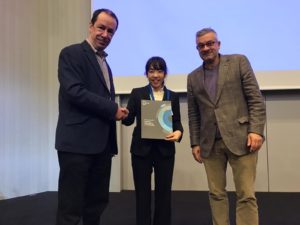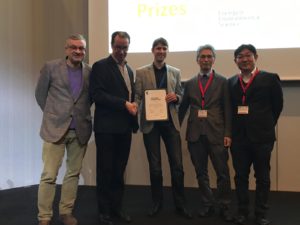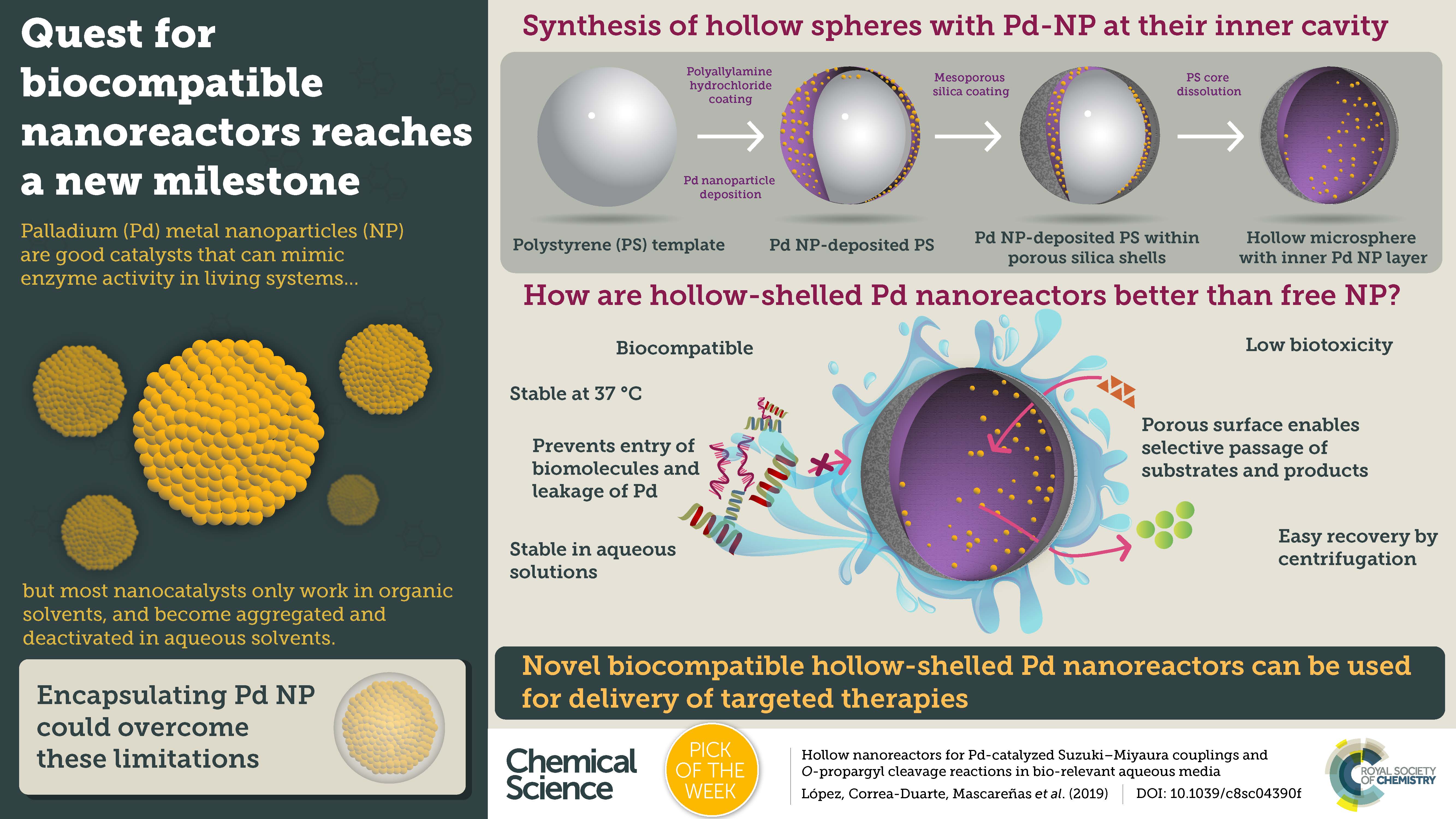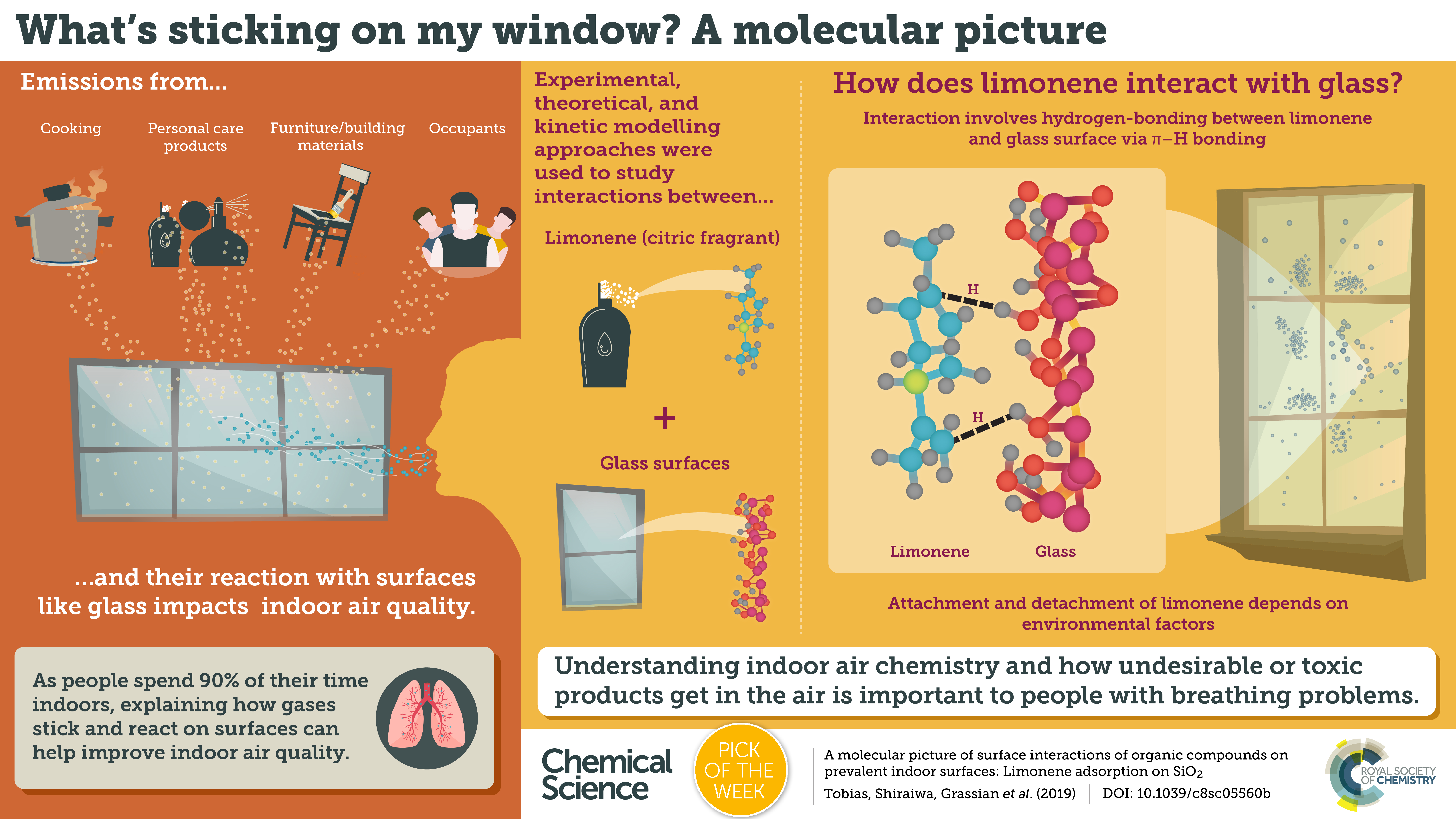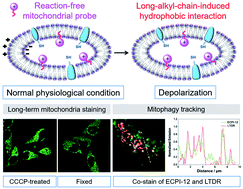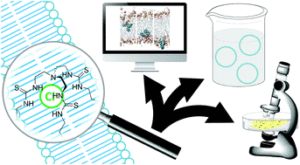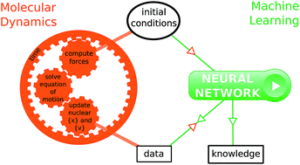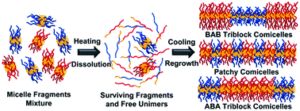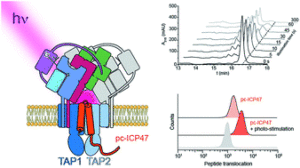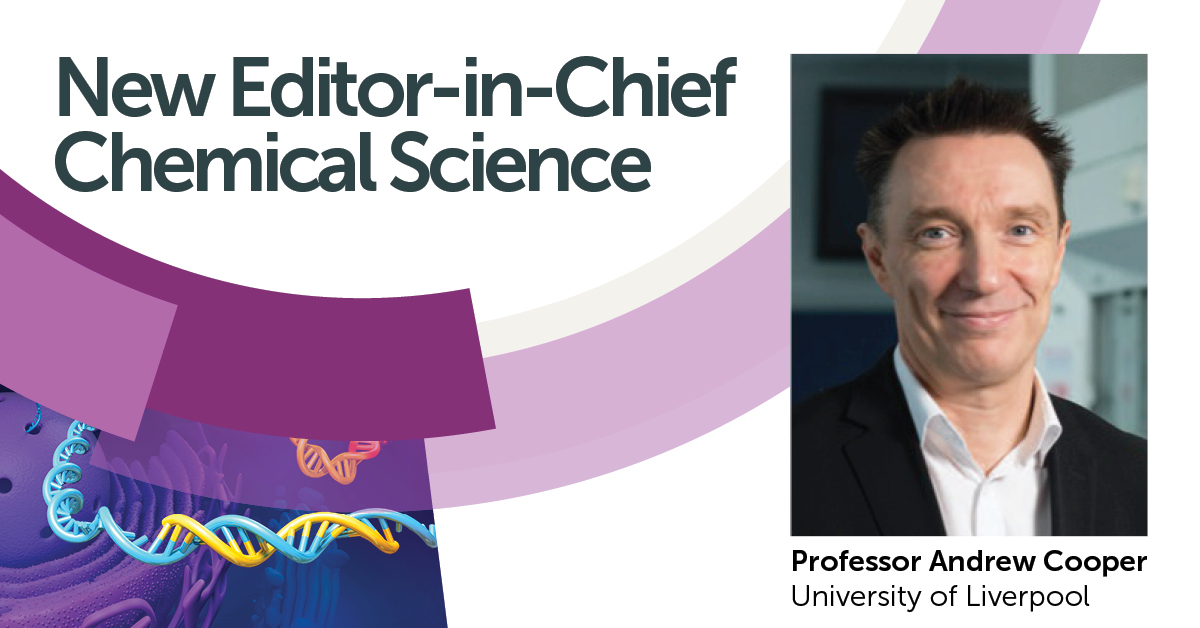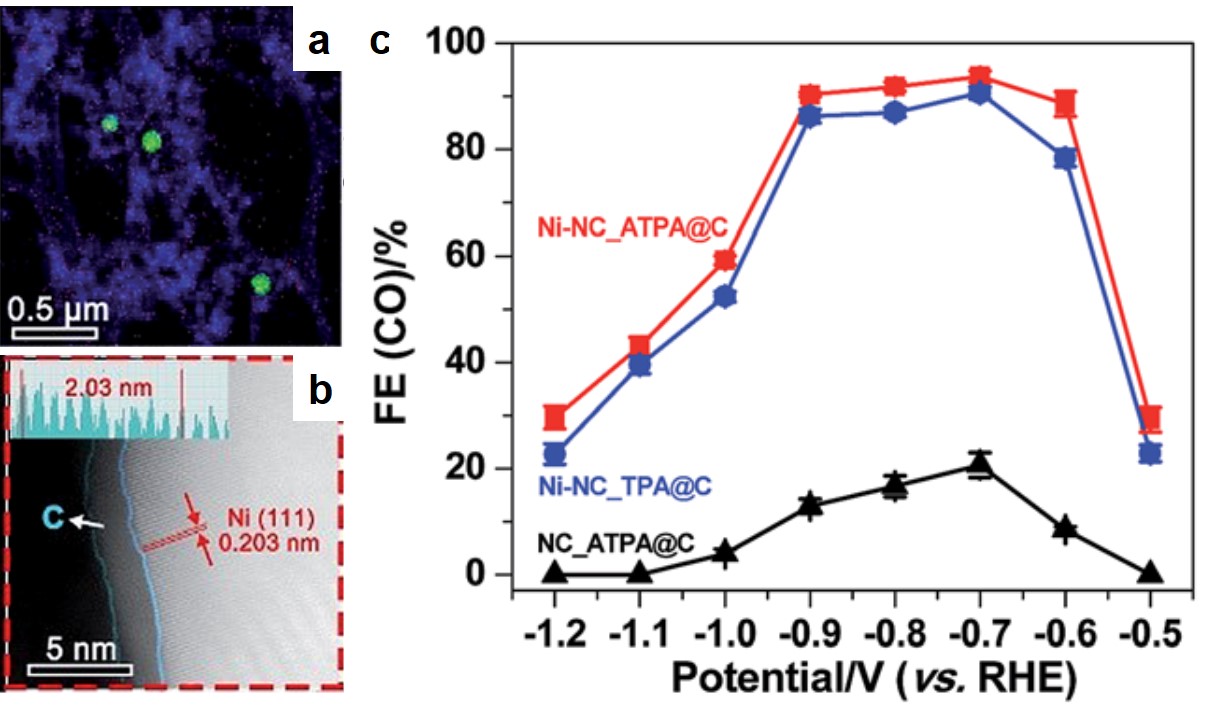Chemical Science, Sustainable Energy & Fuels, and Energy & Environmental Science were delighted to recently support the Perovskite, Organic Photovoltaics and Optoelectronics (IPEROP19) conference that took place in Kyoto, Japan from 28-29th January 2019. On behalf of the Royal Society of Chemistry, we would like to congratulate the following prize winners who won a £200 book voucher each. A particular mention to the Chemical Science winner, Chieh-Ting Lin of Professor James Durrant’s group at Imperial College London:
Chemical Science winner: Lin, Chieh-Ting (Imperial College London)
“Probing the Enhanced Stability Against Oxygen Induced Photodegradation by Selection of Transport Layer and Defect Passivation”
Energy & Environmental Science winner: Yamaguchi, Mayu (Waseda University)
“Perovskite Precursor Solution Tuned with Polymer Addition for Effective Formation of the Photovoltaic Layer”
James Durrant (Sustainable Energy & Fuels Editor-in-Chief), Mayu Yamaguchi, Juan Bisquert (Energy & Environmental Science and Sustainable Energy & Fuels Advisory Board member)
Sustainable Energy & Fuels winner Mantulnikovs, Konstantins (EPFL)
“Differential Response of the Photoluminescence and Photocurrent of Polycrystalline CH3NH3PbI3 and CH3NH3PbBr3 to the Exposure to Oxygen and Nitrogen”
Juan Bisquert (Energy & Environmental Science and Sustainable Energy & Fuels Advisory Board member), James Durrant (Sustainable Energy & Fuels Editor-in-Chief), Konstantins Mantulnikovs, Hideo Ohkita and Atsushi Wakamiya
Awards presented by James Durrant, Editor-in-Chief of Sustainable Energy & Fuels


